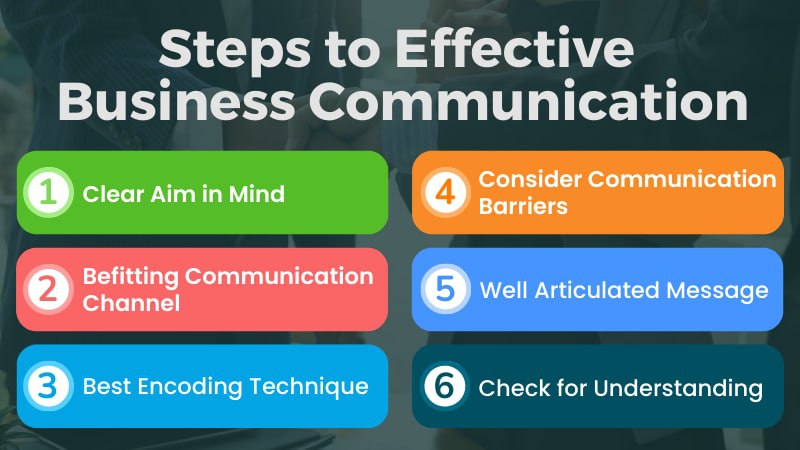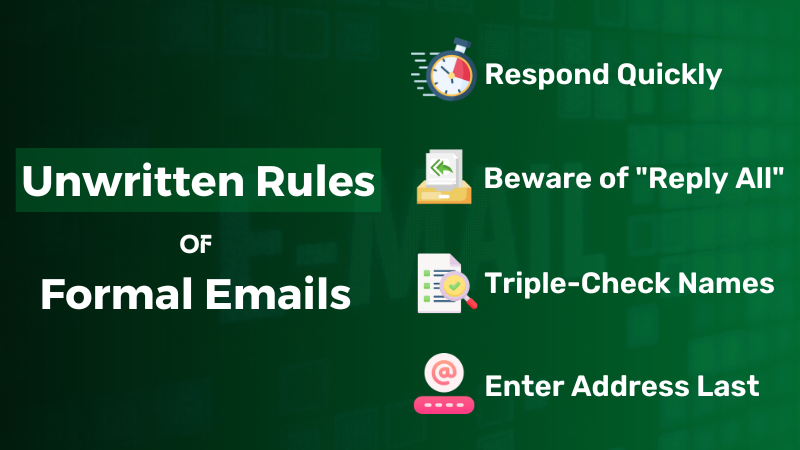How to Write A Follow-Up Letter
Suppose your child studies in a boarding school, and you have sent a letter requesting information. Naturally, you should get a response from them within a reasonable duration of time.
This reasonable period can be anywhere between 3 days to 1 week. More than that, and you might be worried. If you feel too much time has passed, you can call and ask if they did receive a letter. If you think they didn’t or are sure they didn’t, and your request is still unattended, you might want to write to the school again. This letter is a follow-up letter to the first and is what we are going to discuss here.
What is a Follow-up Letter?
A follow-up letter is a letter that consolidates between you and the recipient a relationship and sets the platform of continued communication while referring to something of the past. A follow-up letter can be a follow up to a previous letter, a meeting, a job application, an order confirmation, a contract, etc. The language is fairly formal in a follow-up letter.
Steps to Write a Follow-up Letter:
Here are what you need to include:
- Start with your name, address, city and zip code, telephone number. Include next the recipient’s details. Note that in a follow-up letter you are going to write to the same person you had originally written to or contacted with.
- Add the salutation.
- In the first line, mention that you had written earlier and haven’t heard yet. You can mention here if you had called. Actually, you’ll let him know that you’re re-writing in this line.
- State your request or interest. If you are writing inquiring about a job vacancy for which you had sent a job application, reiterate your key skills experiences and state why you think you are a great potential.
- Invite for contact and thank for their attention.
- Close with signature.
Things to remember:
Here are more things that you’ll need to remember than the actual steps to write the thing. But they’re all worth it:
- Add fresh insights to your old appeal. Don’t write a xerox of your old letter.
- Take at best 2 days after a meeting or a job interview to write a follow-up letter. Work while the memories are still fresh in the recipient’s mind.
- If you’ve sent a CV, wait 7 days before sending the follow-up letter. The employer is likely very busy, hence the late response, so keep your letter short. Do not bring up your whole CV in the letter. Hold the interest and attention with nice wording, not boring.
- Do not convey negative sentiments in your letter, even if you are frustrated by their speed and sincerity.
- Indicate how you want to proceed next in your letter if you think it is needed.
- Be extremely polite even if you feel like they’ve been ignoring you by ignoring your past letters.
- To look polished and professional, edit and proofread a couple of times before sending the actual letter.
- If you want, you can attach copies to document proof that you had sent letters earlier.
- Follow up again if required.
Grammar
Read More
- How to Use "Therefore" in Sentences Avoiding Common Mistakes
- How to Use "Whereas" with Examples and Avoid Common Mistakes
- When and How to Use "Thus" Correctly Without Common Mistakes
- How to Use "On the Contrary" Properly with Meaning and Examples
- When and How to Use "Either/Or" with Examples and Common Mistakes to Avoid
- How to Use "On the Other Hand" Effectively without Mistakes
- How to Use "Respectively" with Example and Common Errors to Avoid
- How and When to Use "Moreover" Without Mistakes
- How to Use "Likewise" in Sentences Based on Context & When not to Use
- When & How to Use "Although" in Sentences to Avoid Mistake





